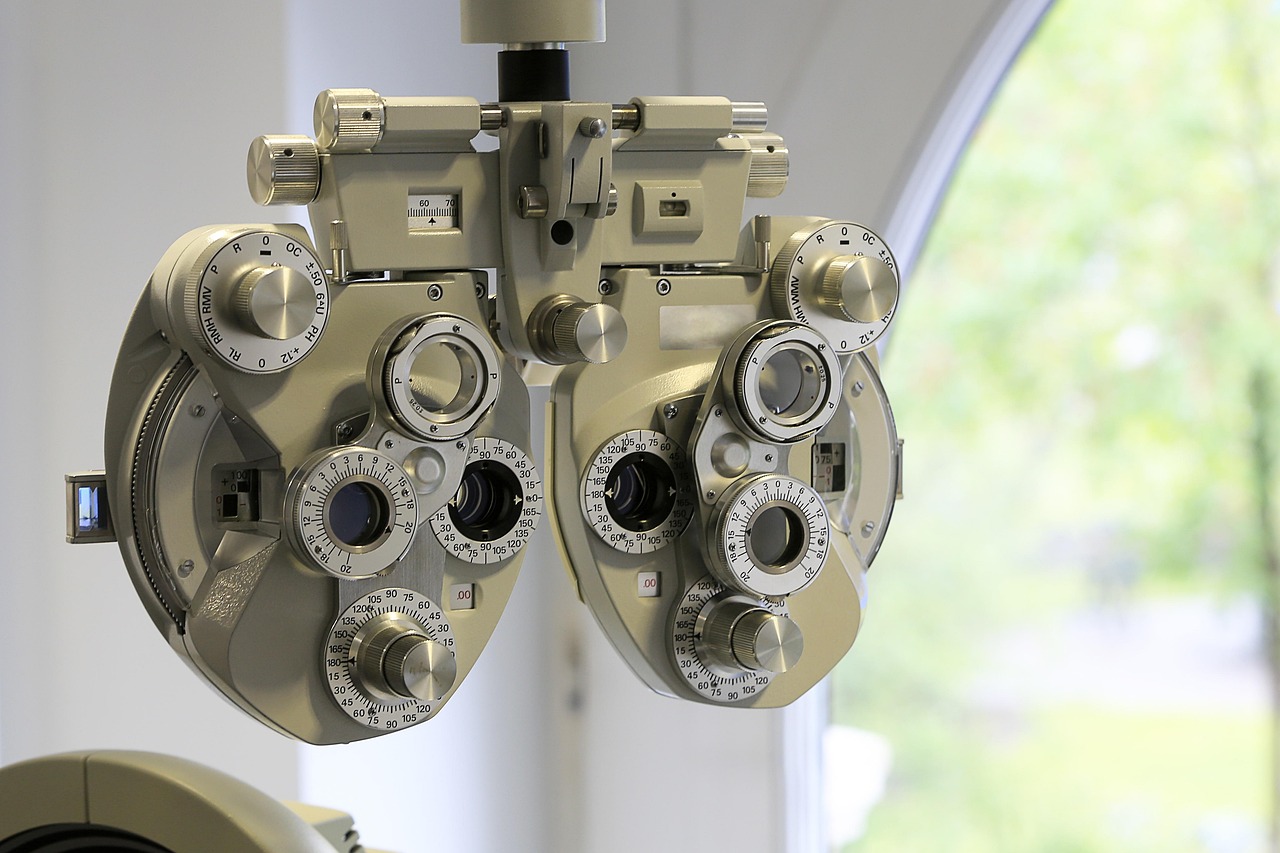
Advanced Medical Research: 4 Things You Need to Know
There’s no doubt that advanced medical research saves lives and improves the quality of life for many people. However, there

There’s no doubt that advanced medical research saves lives and improves the quality of life for many people. However, there

The birth of a baby is a joyous event, but sometimes birth defects occur, causing worry among the parents. Birth

For people who are deaf or hard-of-hearing, navigating the healthcare system can be a daunting experience. Communication with medical professionals

Ozempic is a medication that’s used to help control blood sugar levels in people with type 2 diabetes. It’s part

Taking care of one’s eyes is essential to maintain good health and well-being. Regular visits to opticians are essential for

Attention Deficit Hyperactivity Disorder (ADHD) is a complex and common disorder affecting children and adults. It can be difficult to

The Florida community of Boca Raton, which is part of Palm Beach County, is well-known for its lively lifestyle and

Different legal representatives and insurers are working hard to get the right practice model for their plan arrangements. What they

If you are experiencing infertility and looking for Natural Fertility Geelong, you have come to the right place. Beyond Fertility

Staying hydrated is essential for our bodies to function at their best. Without enough fluids, we can experience fatigue, headaches,